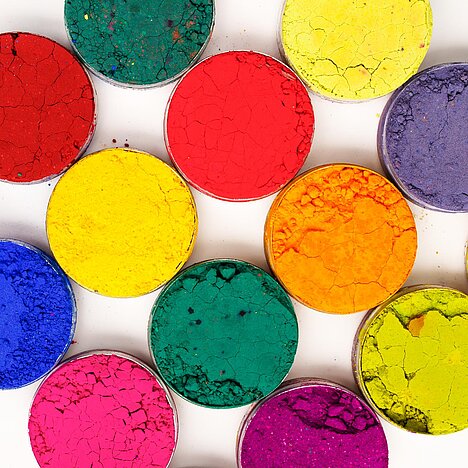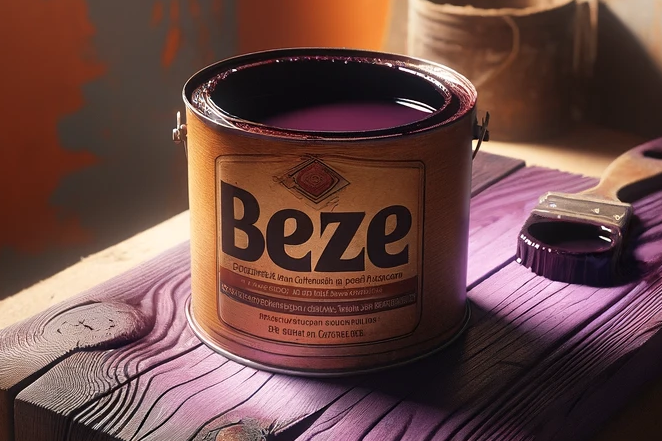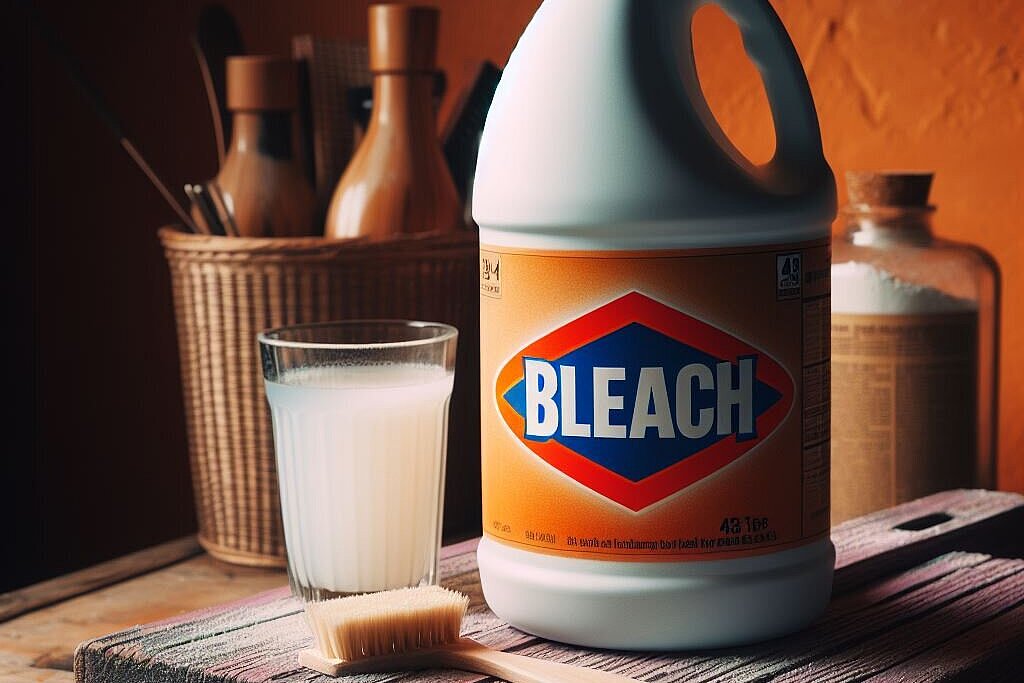Colorants

What are colorants?
Colorants are substances that give a product a certain color. A distinction is made between natural and artificial colorants. Natural colorants come from plants or animals and are usually referred to as food colorants. Artificial colorants are produced synthetically and are often labeled with an E number.
Why are colorants used in dog food?
Colorings are used in dog food for various reasons:
- To make the food look more appetizing: Some manufacturers color the food red or pink to make it look like meat. Others use bright colors to indicate different flavors.
- To make the food look uniform: Some manufacturers color the food brown or beige to disguise the natural variations in quality of the raw materials.
- To make the food more durable: Some manufacturers use colorants as preservatives or antioxidants to protect the food from spoilage or discoloration.
What are the advantages and disadvantages of colorants in dog food?
The use of colorants in dog food has advantages and disadvantages:
Advantages:
- They make the food more appealing to humans: many people are more likely to buy food that they or their dog like.
- They can increase the acceptance of the food: Some dogs like certain colors or flavors more than others.
Disadvantages:
They are useless for the dog: the dog doesn't care what his food looks like. He orients himself to the smell and texture of the food.
They can be harmful to health: Some artificial colors are suspected of causing allergies, asthma or cancer. They can also affect the dog's digestion or behavior.
How do I know if my dog food contains dyes?
To find out whether your dog food contains dyes, you should take a close look at the list of ingredients on the packaging. There you will find either the name of the colorant or its E number.
Colorants in dog food are not necessarily harmful, but they are not necessary either. They primarily serve to make the food more attractive for humans. For the dog, however, they are irrelevant or even annoying. If you want to give your dog a good food, you should pay attention to the quality and origin of the ingredients and not be fooled by bright colors.
If you notice any signs of hypersensitivity or poisoning in your dog, you should see your vet immediately. We are not a substitute for a vet, but we try to be as accurate as possible. Every dog reacts differently and we recommend you get a second opinion or consult your vet if in doubt.
Stay healthy and take good care of your four-legged friend!😊
Similar to Colorants
Stain, often mentioned in the context of woodworking and metalworking, refers to a chemical solution used to clean, protect or change the appearance of the surface of a material. In the context of...
Even if it is difficult, it is important that you remain calm. Your dog senses your fear and anxiety, which can increase its own stress response. Try to find out how much varnish your dog has...
Ink is a liquid or paste-like substance that contains dyes or pigments and is used for writing, printing or drawing. The composition of ink varies considerably depending on its intended use, from...
Bleaching agent is a collective term for various substances that remove unwanted color from raw materials in the paper and textile industry or discoloration caused by aging or light yellowing. In...



